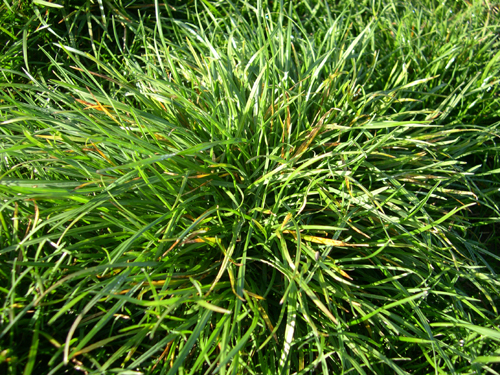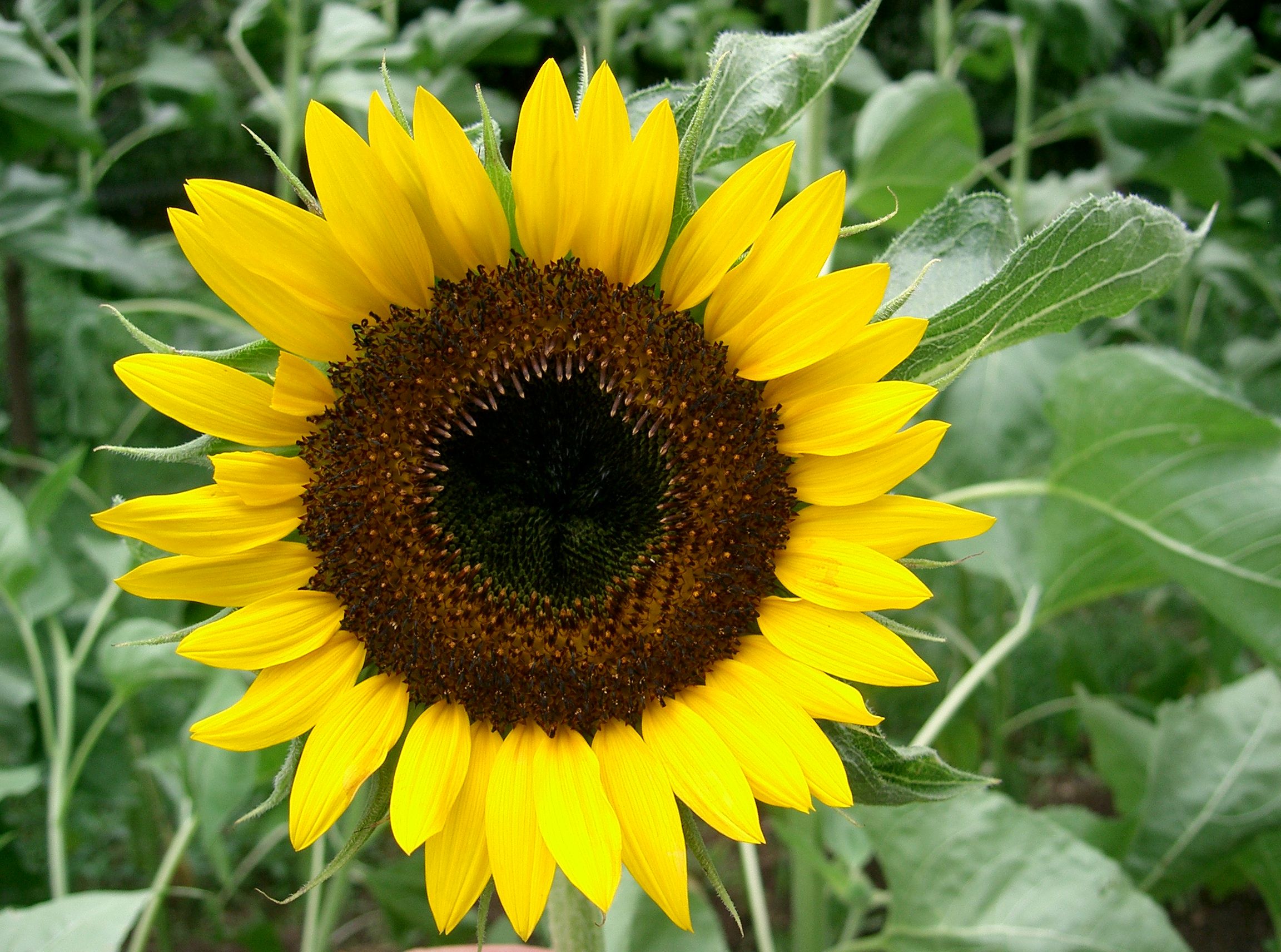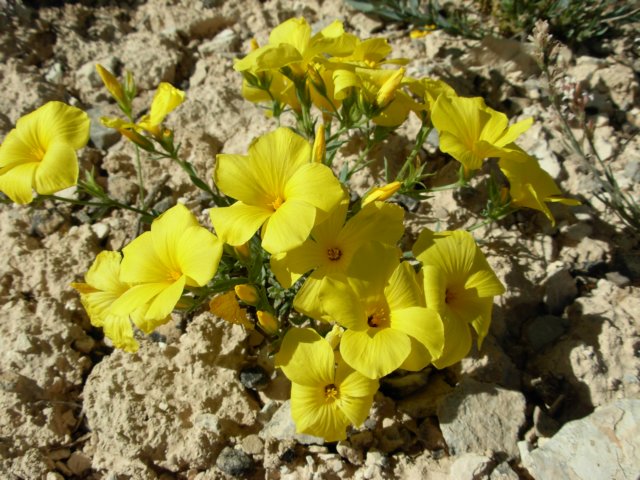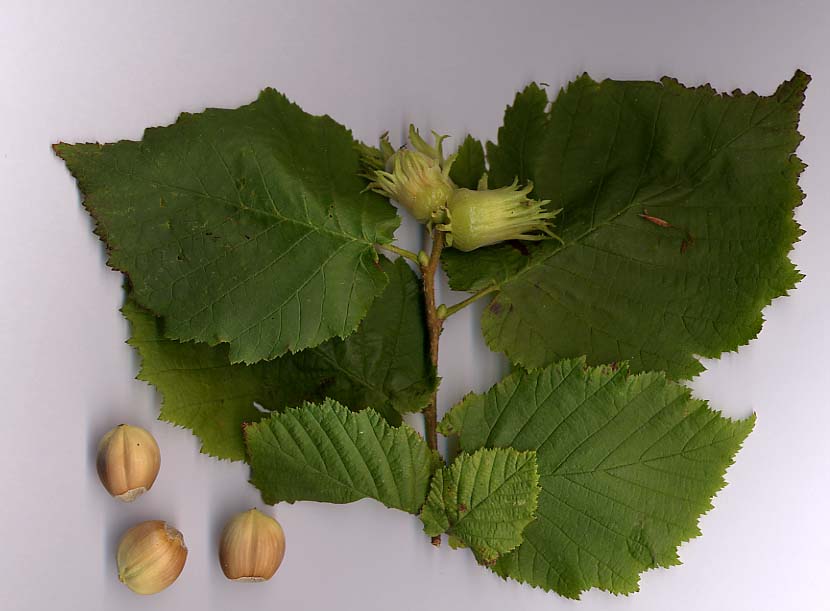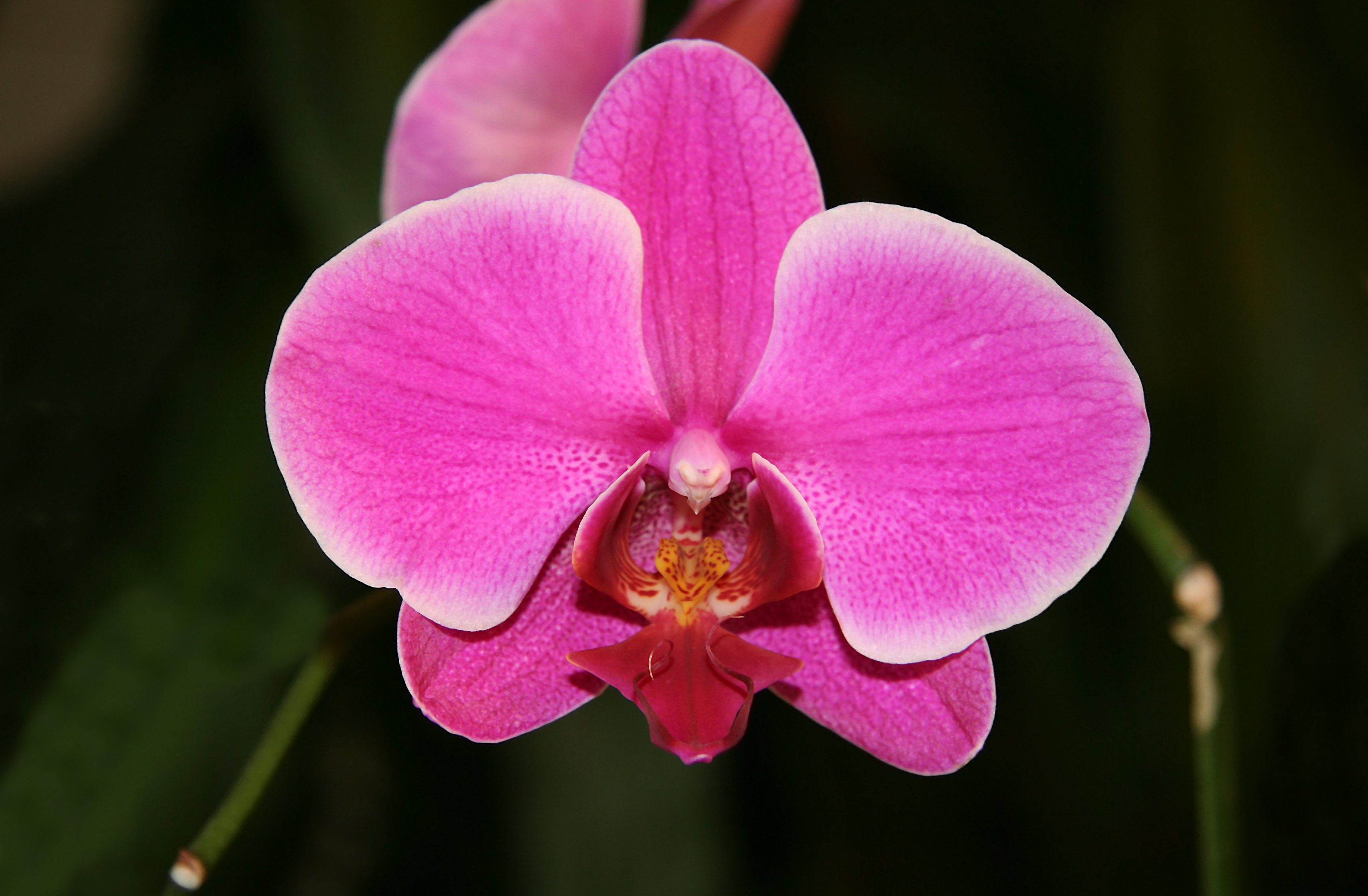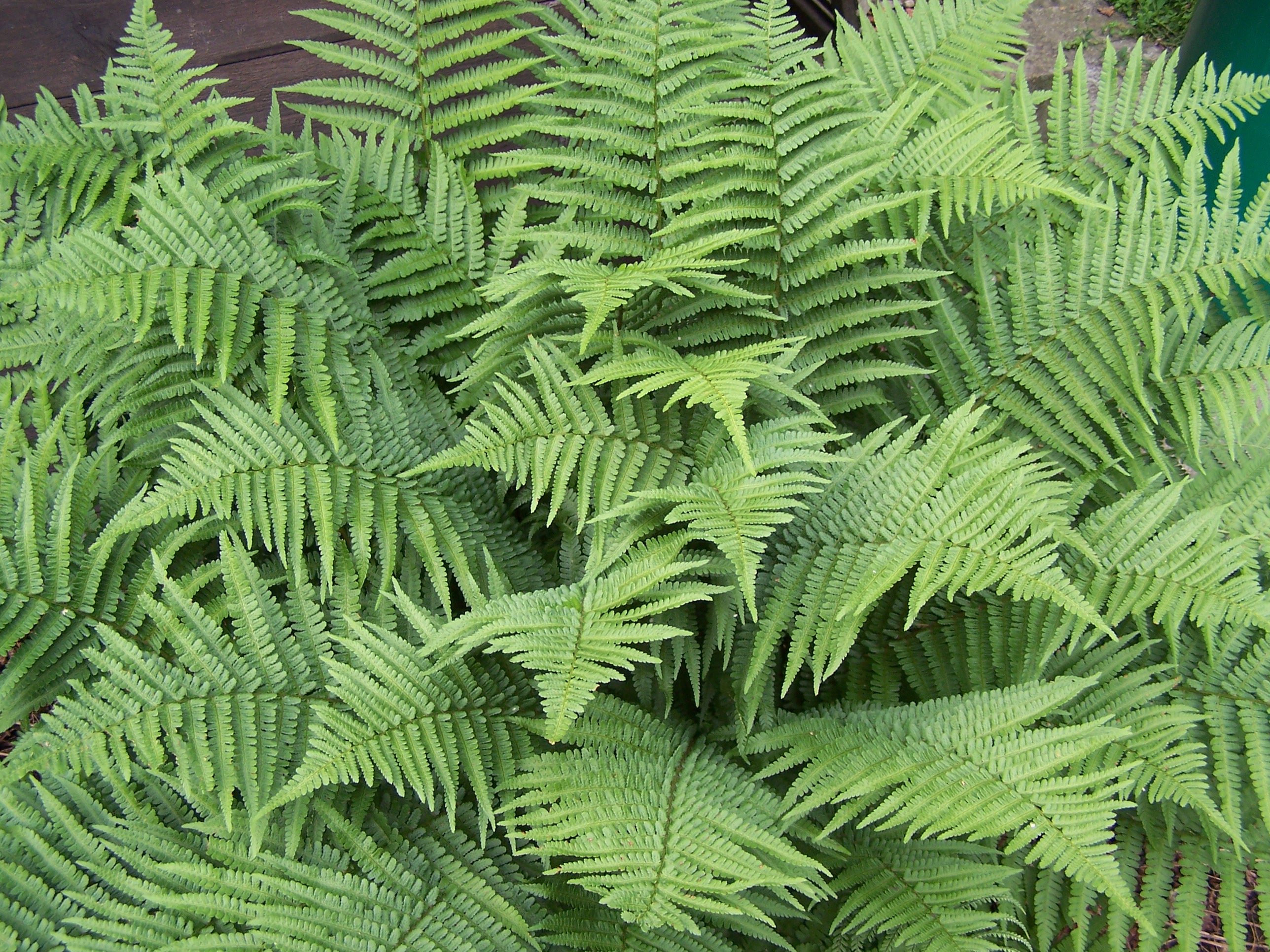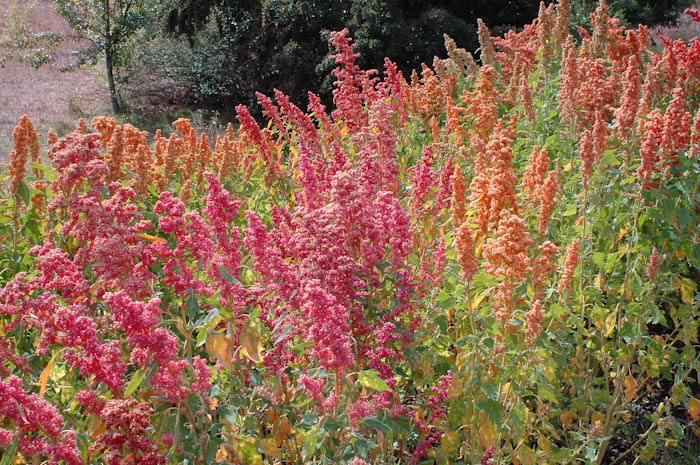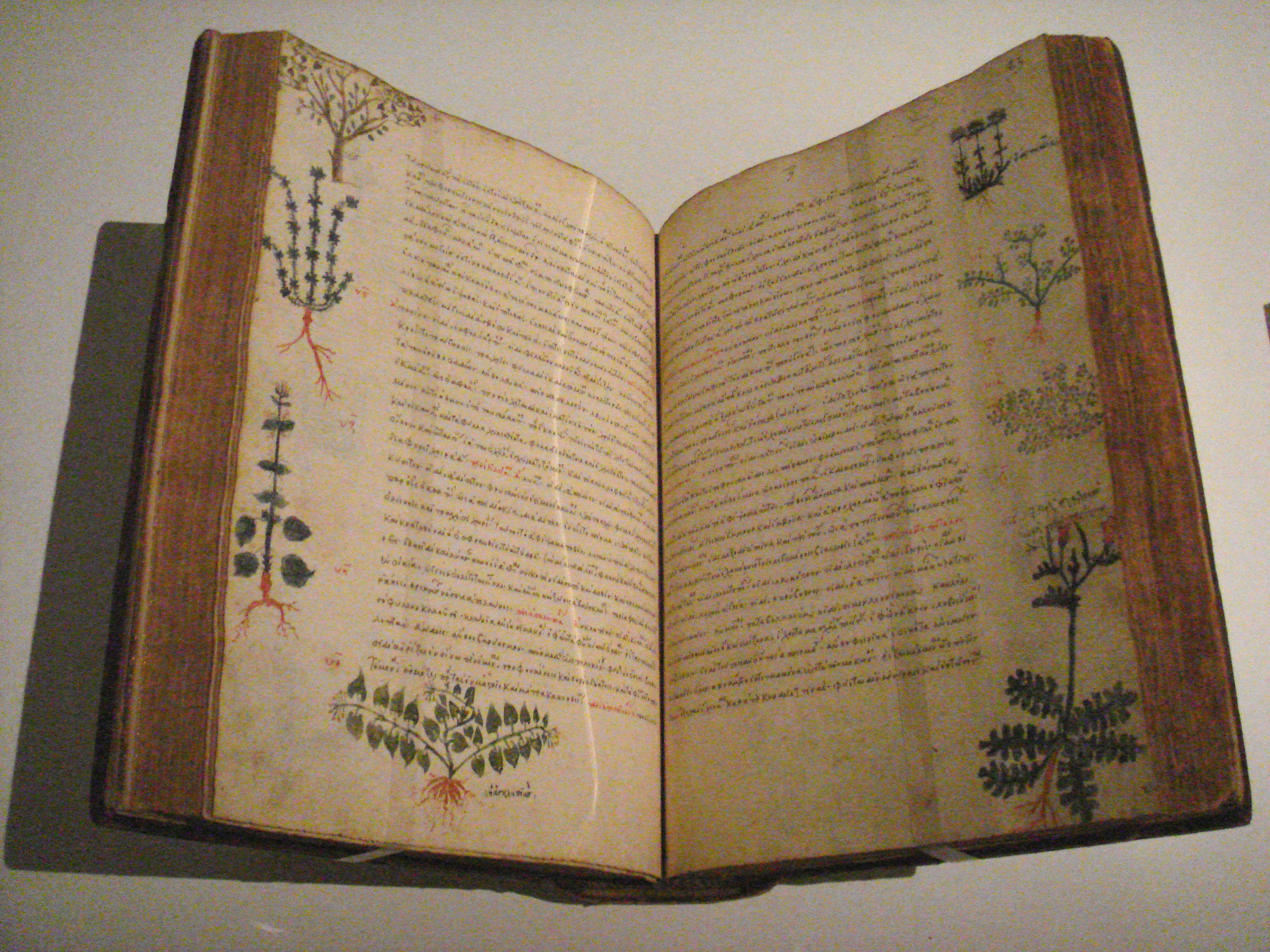
This study presents the first data on the drought resistance pattern of seven new synthetic 6x primary Tritipyrum amphiploid linesand evaluates their mitotic instability. The primary Tritipyrum lines were crossed with Iranian 6x bread wheat ‘Navid’ cultivar and theirF1 and F2 progenies were obtained. Two experiments with complete randomized design were conducted under optimum and limitedwater conditions to evaluate Tritipyrum-derived genotypes for drought resistance in greenhouse. Under optimum water conditions,grain yield, numbers of grains per spike and harvest index of Tritipyrum-derived genotypes were significantly lower than bread wheat;however the differences were not significant under limited water conditions. These results showed the better responses of Tritipyrumderivedgenotypes to drought conditions. Evaluation of leaf osmotic and water potentials and drought susceptibility index showedthat drought resistance of Tritipyrum and F1 genotypes was significantly higher than that of bread wheat and Triticale. Cytologicalinvestigations showed that Tritipyrum-derived genotypes aneuploidy was significantly higher than Triticale and bread wheat. Mitotic instability in light grains was significantly higher than heavy grains inparental and F2 genotypes. Aneuploidy has showed a significant negative correlation with fertility, grain yield and 1000-grainsweight in Tritipyrum genotypes. In general, Tritipyrum may complement the role of bread wheat in arid and semi-arid regions; butfurther breeding research is needed to overcome its mitotic instability.
Full text here

